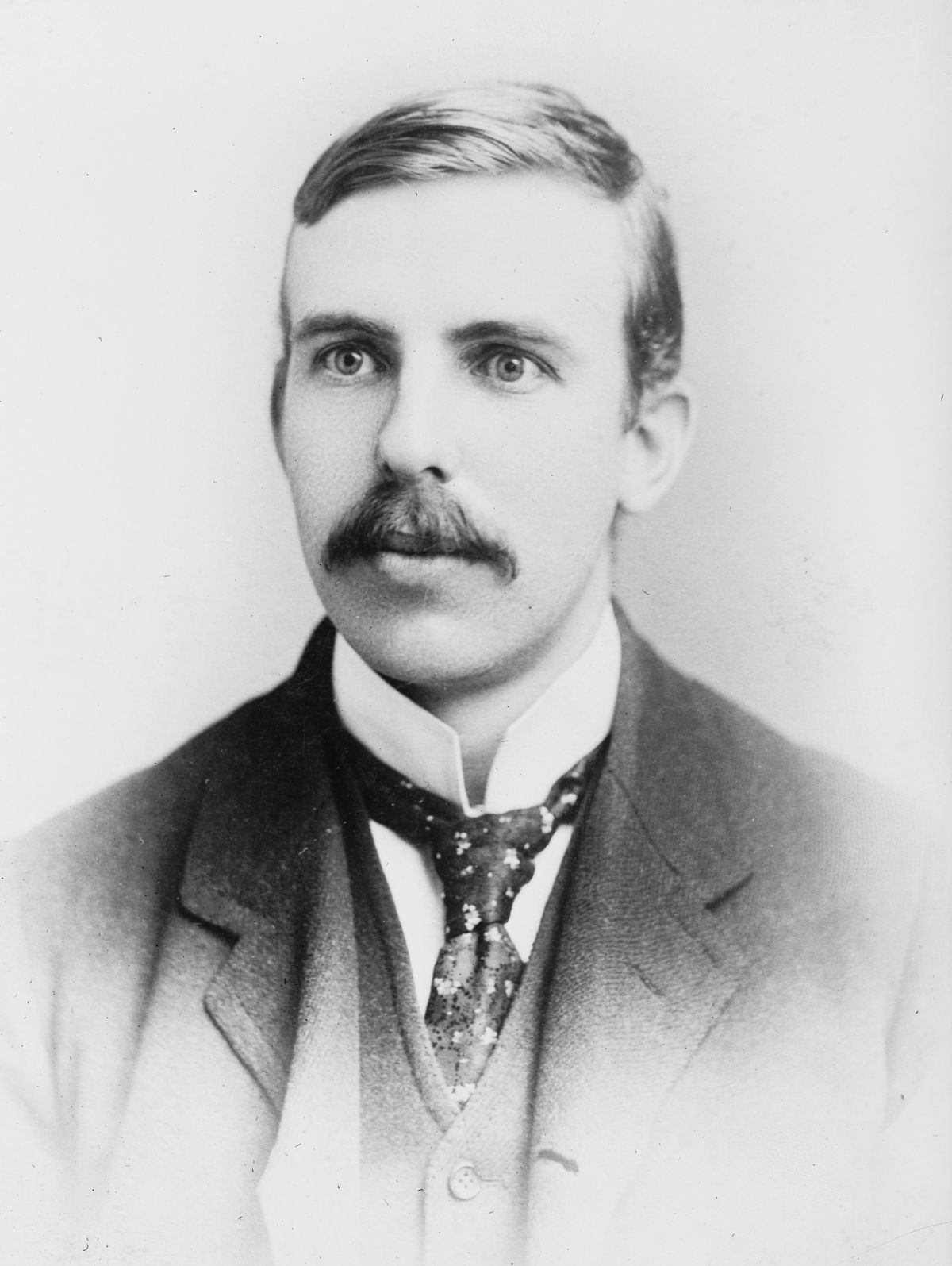Part 3 of 18 Parts (Please read Parts 1 and 2 first)
In 1933, the British physicists Ernest Rutherford and Mark Oliphant reported on a series of experiments in which they used a beam of protons (hydrogen nuclei) to bombard a thin film of the boron compound borax and observed the emission of high-energy alpha particles (nuclei of helium atoms). These experiments confirmed the earlier experimental evidence gathered by Cockcroft and Walton that nuclear reactions were taking place between protons and boron nuclei. This results in the transmutation of chemical elements in which hydrogen and boron are fused into helium. This hydrogen-boron reaction was one of many nuclear reactions that were discovered and catalogued in the 1930s.
Closer analysis revealed that the nuclei of the boron atom absorbs a proton and splits into three alpha particles (helium nuclei) which fly away at tremendous velocity. The total energy contained in the flight of the alpha particles is millions of times greater than the energy that can be generated by any known chemical reaction. This means that the hydrogen-born reaction is a potential candidate for large-scale energy production. And boron is a readily available element. The reaction that I am talking about only takes place with the single boron isotope boron-11. Fortunately for possible energy generation, about eighty percent of naturally occurring boron is boron-11.
So far, I have been referring to the hydrogen-boron reaction as being fusion. In reality, it is sort of a combination of fusion and fission. A hydrogen nucleus or proton fuses with a boron-11 nucleus to form a very unstable, highly excited nucleus of the carbon-12 isotope of carbon. Almost instantaneously, this carbon-12 isotope disintegrates into three high energy alpha particles which take off at high speed. There are a number of different reasons that the hydrogen-boron reaction is especially attractive as a potential energy source.
First of all, there is plenty of the required isotope of boron available. Unlimited hydrogen can be recovered from the disassociation of water. A single gram of hydrogen-boron fuel mixture in a fusion reactor could release energy equivalent to the combustion of three tons of coal. There are over one billion tons of borax in proven reserves. That would be enough to supply all the world’s energy needs at current levels of consumption for a million years.
Second, the hydrogen-boron nuclear reaction does not produce any radioactivity. The alpha particles released in the reaction are stable and do not undergo radioactive decay. Even high energy alpha particles have very little ability to penetrate ordinary matter. The alpha particles rapidly give up their energy through elastic collisions with heavier nuclei when they interact with ordinary materials.
Even with the high velocity, the emitted particles have a range of only about an inch in open air and they can be blocked by a few sheets of paper. In order for alpha radiation to be dangerous, a person would have to be exposed at very short range. Radioactivity generated by secondary but rare reactions between alpha particles and other nuclei is very small.
In contrast, the fusion reactions between the deuterium and tritium isotopes of hydrogen which are the main focus of fusion energy research release penetrating gamma radiation and large numbers of neutrons. Such neutrons are absorbed by the nuclei of surrounding materials which transforms some of them into radioactive isotopes.
The problem of disposing of materials that have been made radioactive by the deuterium-tritium reaction is small compared to decommissioning a nuclear fission reactor and disposing of nuclear waste from nuclear fission power plants. However, the problem still exists and increases the cost and complexity of proposed nuclear fusion power reactors. This problem does not exist for fusion reactors based on the hydrogen-boron reaction.
A third advantage of the hydrogen-boron approach to nuclear fusion is the fact that the alpha particles emitted during the fusion reaction, each alpha particles carrying two units of positively electricity. This can be understood as a stream of high velocity alpha particles that is, essence, a high-voltage electric current. If the stream of alpha particles is made to cross an electrical field, their energy of motion will be transferred into electrical energy with virtually no practical loss. The heat exchangers, pumps and turbine systems, which account for much of the cost of fossil fuel power stations or nuclear fission power stations become unnecessary.
Please read Part 4 next
Nuclear Fusion 86 – A Mixture of Hydrogen and Boron Is Being Researched As A Fuel For Nuclear Fusion – Part 3 of 18 Parts

Written by
in
